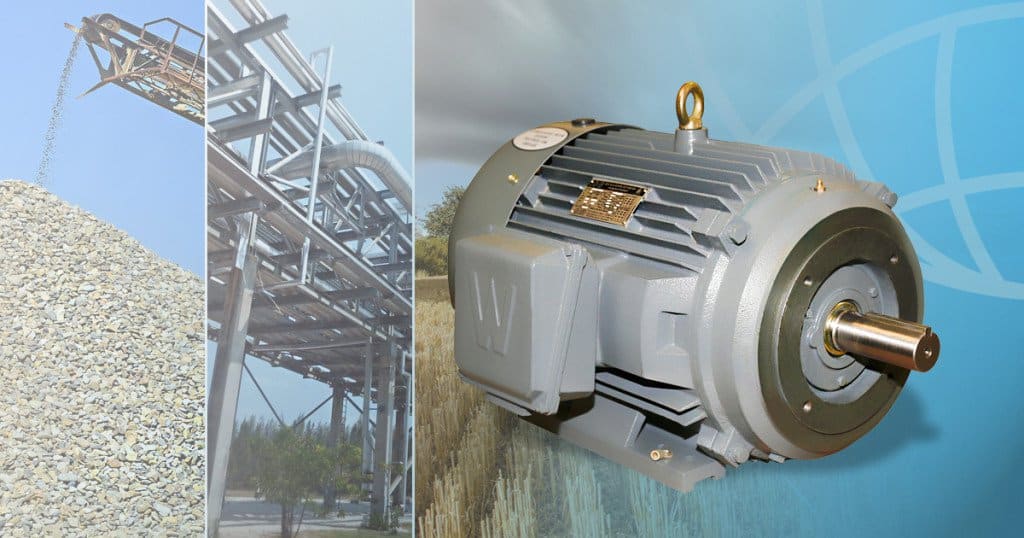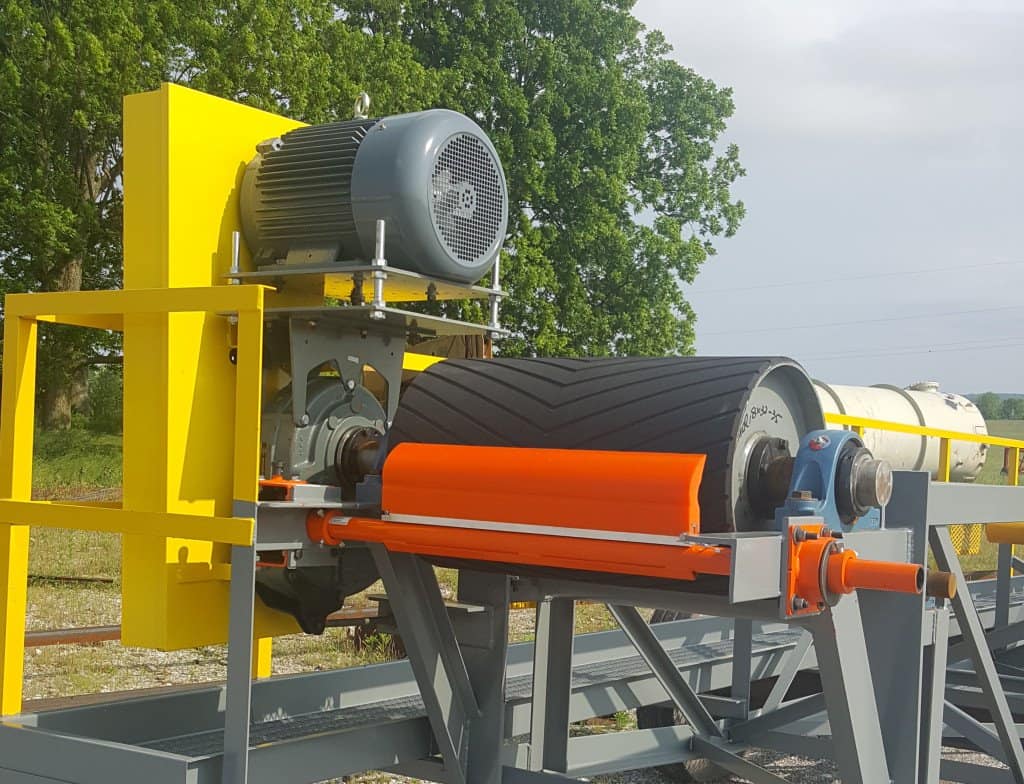Plant operators often ask us questions related to the effects of service factor and temperature on the expected insulation life of electric motors.
Motor Service Factor & Insulation
To better understand insulation life, let’s take a closer look at motor service factor (SF) – the percentage of overloading a motor can handle for short periods of time when operating normally within the correct voltage tolerances. Most general purpose motors have a 1.15 service factor. Motor service factor is important when it comes to insulation because operating at service factor load for extended periods of time will usually reduce motor speed, efficiency, and life.
Over the years, better materials and designs have been implemented to improve the ability of motor insulation systems to withstand the effects of heat. Motor insulation systems are classified according to their maximum temperature capability. Class F, as an example, can withstand a total temperature of 155ºC before it starts to fail.
Max Temperature Rise
Motors are typically designed to operate in an ambient temperature not exceeding 40ºC. For motors with a 1.15 service factor, NEMA states that the maximum temperature rise must not exceed 115ºC. These NEMA standards are how the Class F insulation rating was calculated – as formulated below:
Class F: (40ºC) ambient temp + (115ºC) max temp rise = (155ºC)
While electric motor manufacturers are only required to meet NEMA standards, a careful engineer may say, “I need to leave myself some buffer. I don’t want the motor running at the max insulation rating all the time.” This is why WorldWide Electric designs motors with a lower temperature rise, which enables a larger buffer.
Lower Temperature Rise
For example, our Epic Plus Severe Duty Motors feature a 1.25 service factor, but are designed to never exceed a max temp of 80ºC. If you compare those specs to NEMA standards you’ll find that a WWE motor runs 35ºC cooler than many of our competitors at the service factor load. Let’s compare the formulas:
Typical Motor: (40ºC) ambient temp + (115ºC) rise at (1.15 SF) = (155ºC)
WWE Motor: (40ºC) ambient temp + (80ºC) rise at (1.25 SF) = (120ºC)
Increased Motor Life Expectancy
A rule of thumb for electrical insulation is that if you can reduce the total temperature by 10ºC you can expect the life expectancy to double.
If you want to take advantage of a high service factor motor that runs cooler and lasts longer than most Class F designs, let’s talk.


